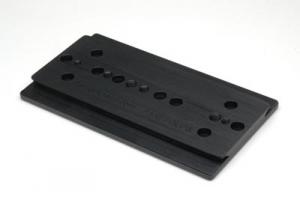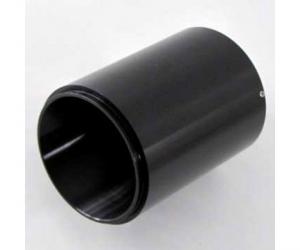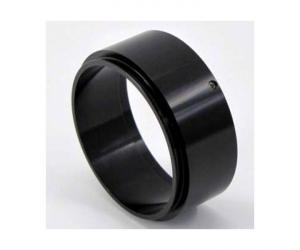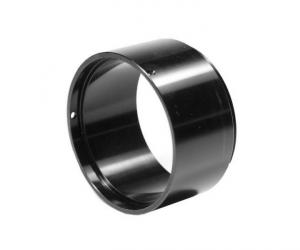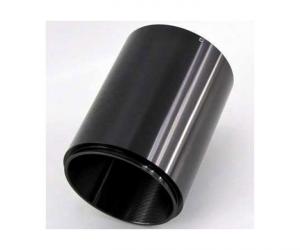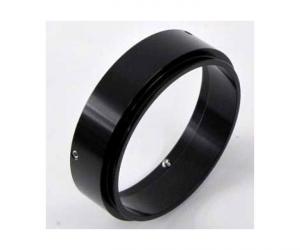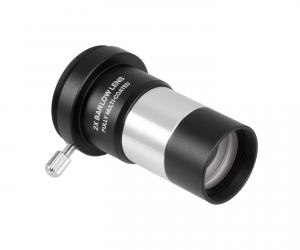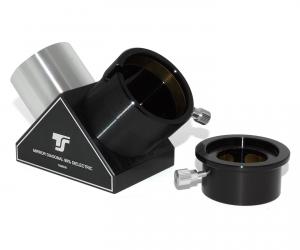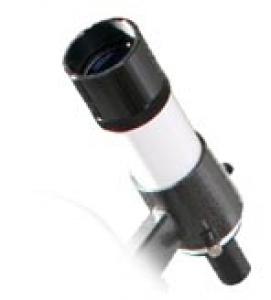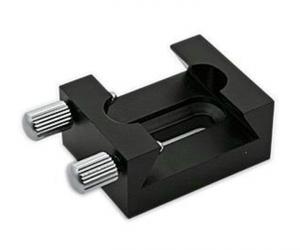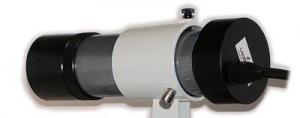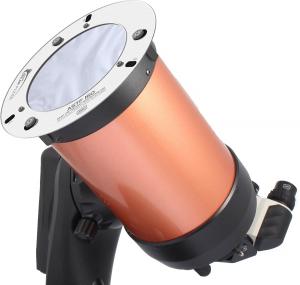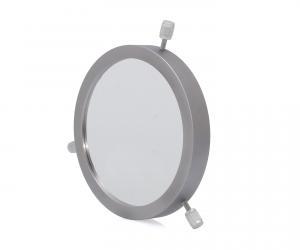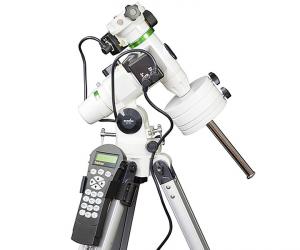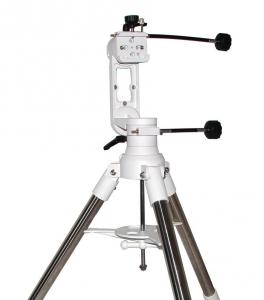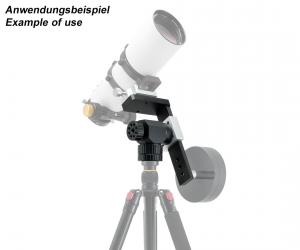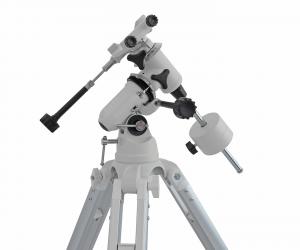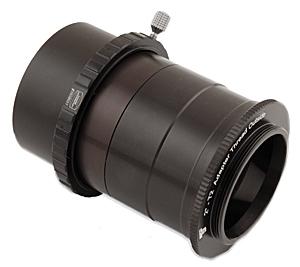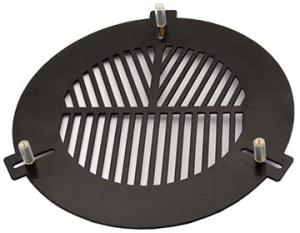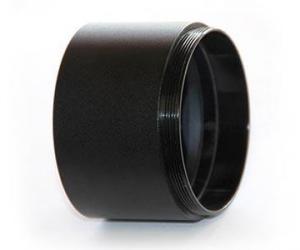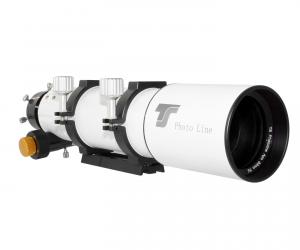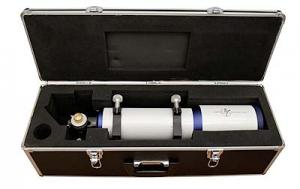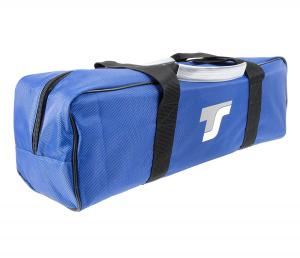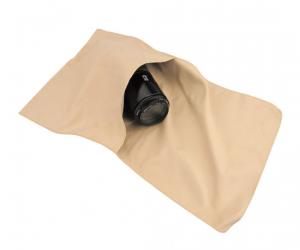- Telescopes
- Overview:
Telescopes - Achromatic Refractor
- Apochromatic Refractor
- Overview:
Apochromatic Refractor - ED Refractor - less color aberration than an achromatic
- SD APO - color free 2-element APO objective
- EDT APO - 3 element ED objective
- High End APO with 3-element APO objective - no color aberation
- Flatfield APO with flat field for Astrophotography
- All Apos and EDs from all manufacturers - large overview
- TS APO and ED from Japan with high quality optics
- Overview:
- Newtonian Telescopes
- Dobsonian Telescopes
- RC Ritchey Chretien Telescopes
- Casssegrain Telescopes
- Reflektor Telescopce with Lens Correcture
- Maksutov Cassegrain Telescopes
- GoTo Telescopes
- Solar Telescopes H-Alpha
- Overview:
- Mounts Tripods Rings Rails Power Supply ...
- Overview:
Mounts Tripods Rings Rails Power Supply ... - Mounts Equatorial with GoTo
- Mounts Equatorial without GoTo
- Mounts Azimutal with GoTo
- Mounts Azimutal without GoTo
- Mounts GoTo - Harmonic Drive
- Travel mounts for astro imaging
- Tripods Piers Polar Wedges
- Mount Control & Electronics
- Dovetail Clamps, Plates and Mount Adapters
- Tube Rings
- Power Supply
- Counterweights Balance Weights
- Mount Accessories - Other
- Overview:
- Telescope Accessories
- Overview:
Telescope Accessories - Eyepieces
- Barlows & Reducer Lenses
- Diagonal Mirrors and Prisms
- Binocular Viewers
- Finder Scopes
- Telescope Collimation and Test
- Cleaning Tools
- Transport and Storage
- Dust protection for Telescopes & Accessories
- Stray Light Protection
- Dewcaps and Heater
- Focusers, Adapters, Motorfocus
- Telescope DIY & Improvement
- Other telescope accessories
- Replacement Parts
- Overview:
- Filters
- Overview:
Filters - Color Filters and Color Filtersets
- Nebular Filters for Visual Observing
- Neutral-Density and Polfilter
- Photo Narrowband Nebular Filters
- Photo Broadband Filters
- Photo Planetary Filters
- Photo R-G-B and IR Cut Filters
- Photo - Filtersets
- Photometric Filters
- Clip Filter for DSLR Cameras
- Filter Wheels and Filterslider
- Solar Filters for white light
- Solarfilter for H-Alpha and Calcium
- Overview:
- Adaptors
- Overview:
Adaptors - Adapter 1,25" and 24,5mm
- Adapter 2"
- Adapter T2 - M42x0.75
- Adapter M48x0,75
- Adapter M54
- Adapter SC
- Adapter M63
- Adapter M68
- Adapter to other Threads
- Adapter Extensions
- Adapter camera bayonet
- Adapter Objective Filterthread
- Adapter Quick Changing , Rotation
- Adapter Eyepiece Projection
- Adapters Tilting
- Overview:
- Astrophotography and Photography
- Overview:
Astrophotography and Photography - Cooled Cameras
- Cameras without Cooling
- Deep-Sky Cameras uncooled
- Set-Offers Camera, Filter, Wheels
- Acessories for Cameras
- Travel mounts for astro imaging
- Imaging Correctors for Telescopes
- Autoguiding Cameras & Sets
- Everything for Guiding
- Focusing aids - Bahtinov mascs
- Flat Field foils and boxes
- Lenses for Cameras
- Piggyback Camera Holder
- Camera Bags, Photocases & more
- Digital Camera and Smartphone Adapter
- Other photo accessories
- Overview:
- Binoculars, Spotting Scopes, Microscopes, Range Finders
- Overview:
Binoculars, Spotting Scopes, Microscopes, Range Finders - Roof Prism Binoculars
- Binoculars with Porro prisms
- Binoculars from 100mm Aperture
- Binoculars with 1,25 inch eyepieces
- TSMX APO Binoculars
- Binoculars for Astronomy
- Binoculars Hiking Bird watching
- Monoculars - Opera Binoculars
- Accessories for Binoculars
- Spotting Scopes
- Range Finders
- Microscopy
- Bags for Phototripods & Binoculars
- Overview:
- Phototripods and Binomounts
- Books, Software
- Overview:
Books, Software - Books for Astronomy Beginners
- Star Charts and Planispheres
- Books about our Solar System
- Observing Tips for Amateurs
- Popular Astronomy Literature
- Teaching material
- Astrophotography books
- Telescopes, Observatories, Construction
- Calendars Yearbooks
- Software, Star Charts
- Books for Microscopers
- Books Nature and Animals
- Nature Photography TimeLapse
- Overview:
- Night Vision, Magnifiers, Weather, Domes & more
- Beginner Astronomy and Gift Ideas
- Second Hand & Special Offers
- New products
Manufacturer: -TS Teleskope
Product number: TLAPO804-FT
EUR1588.00new
EUR 1.588,00
incl. 19 % VAT (DE)
The VAT indicated refers to that applicable in Germany. After logging in, the VAT amount is adjusted to the applicable VAT of the stored delivery country. Therefore, the final price may vary accordingly.
excl. 9.95 € shipping costs (DE)
more details to the shipping costs ...Please log in to calculate shipping costs to your country.
There are no reviews for this product
- Details..
- Technical data..
- In the box..
- Reviews..
- Manufacturer infos..
- Safety informations..
TS 80 mm f/6 FPL53 Triplet Super Apo
Our aim was to find a worthy successor to the legendary 80 mm LOMO triplet apo that would meet the highest standards both optically and mechanically. With the TLAPO804-FT, we have succeeded. The refractor is one of the best telescopes in its class and is an ideal travel telescope. Astrophotographers and nature observers will be delighted with this telescope.The 2" Starlight Feather Touch focuser FTF2008BCR
An exact adjustment and precise clamping is not only enormously important for astrophotography. Too often the actually good optical performance of the lens is reduced by mediocre mechanics. Not so with this TS 80 mm f/6 Super Apo. We have used the best focuser we could find - without compromise.The FPL53 objective of the TS 80/480 mm Super Apo
The objective was tested, the graph shows the color deviation in relation to the wavelength of the light. The result is clear, even at magnifications of over 200x, the image remains practically free of errors. No color error will be visible. If the telescope is used for astrophotography, even bright stars will not show any blue color fringing, as is the case with doublet objectives or triplet objectives with FPL51 or similar apo elements.Astrophotographic results obtained with this telescope on Astrobin
Here you can find some astrophotographs made with this telescope model: Link to AstrobinThis is how we hand over the apo to the amateur:
Every single APO is checked in our technical department before it is put into storage, in order to guarantee a consistently high product quality.Technical Information
Teleskop-Service has collected a lot of helpful information about refractors and provided it in English as a PDF file: refractors.pdf| Objective: | Air-spaced triplet APO objective - APO element FPL53 |
| Aperture: | 80 mm |
| Focal length: | 480 mm |
| Focal ratio: | f/6 |
| Lens coating: | fully multi-coated |
| Tube length with retracted dew shield: | only 318 mm |
| Tube weight: | 2.7 kg with CNC rings |
| Tube diameter: | 89 mm |
| Diameter of dew cap: | 103.3 mm |
| Focusing travel of the Crayford focuser: | 63 mm |
| Tube material: | CNC aluminum tube with CNC tube rings |
| Backfocus from the 2" receptacle of the focuser: | 180 mm |
| Thread between focuser and tube: | M82x1 for extension rings |
Astrophotographic results obtained with this telescope on Astrobin
Here you can find some astrophotographs made with this telescope model: Link to AstrobinRosette Nebula with TL Apo 80/480mm
Field flattening with TS 2" Flattener
© by Wolfi Ransburg

... more infos and max. resolution (in Germany)
Only 125 min of integration time have been enough to capture this Nebula. Observation site: Munich east. Atmosphere: slightly foggy.
FST: approx. 4m5.
-- Field flattening with TS 2" Flattener
-- RGB channels by Baader RGB filter set
-- CCD camera: ATIK 4000
| Beweis für die Farbreinheit des Triplet APOs: Herr Werner Mehl hat mit einer Bahtinov Maske die Schärfeeinstellung am TS Triplet Apo 80/480mm fotografiert. Obwohl die Durchlassbereiche der einzelnen Filter im sichtbaren Spektrum verteilt sind, war ein Nachfokussieren zwischen den einzelnen Filtern nicht nötig. Die Schärfeeinstellung konnte unverändert so belassen werden. Das ist ein wirklicher Beweis dass der Apo exakt die gleiche Schärfeebene von Blau bis Rot hat. Wir kennen vergleichbare Ergebnisse nur von deutlich teureren russischen APOs.  Herzlichen Dank für diese aufschlussreiche Dokumentation. |
Image by our customer Rolf Dietrich
Rolf Dietrich from Heidenheim (Germany) has captured several emission nebulae in Namibia: Object: Fighting Dragons (NGC 6188
Object: Fighting Dragons (NGC 6188Photographer: Rolf Dietrich
Location: Astrofarm Kiripotib, Namibia
Imaging Date: 2016-09-02 to 2016-09-03
Mount: Vixen GP-DX
Filters: Baader 2" H-alpha 3.5 nm, Baader 2" O-III 8.5 nm, Baader 2" RGB
Imaging Optics: TS-Optics Photoline 80 mm f/6 FPL53 Triplet Apo (TLAPO804-FT)
Field Corrector: TS Optics TSRED 2" 0.79 Reducer (TsRed279)
Imaging Camera: Atik 383L+ Mono (ATIK383L+)
Guiding Optics: 8x50 finder
Guiding Camera: Lacerta MGEN2 (MGEN-3 as successor)
Exposure Time: 4 h 30´ in total
 Object: Skull and Crossbones Nebula (NGC 2467)
Object: Skull and Crossbones Nebula (NGC 2467)Photographer: Rolf Dietrich
Location: Astrofarm Kiripotib, Namibia
Imaging Date: 2017-05-22 to 2017-05-33
Filters: Baader 2" H-alpha 3.5 nm, Baader 2" O-III 8.5 nm, Baader 2" RGB
Imaging Optics: TS-Optics Photoline 80 mm f/6 FPL53 Triplet Apo (TLAPO804-FT)
Imaging Camera: Atik 383L+ Mono (ATIK383L+)
Guiding Optics: 8x50 finder
Guiding Camera: Lacerta MGEN2 (MGEN-3 as successor)
Exposure Time: 3 h 18´ in total
 Object: Running Chicken (IC 2944)
Object: Running Chicken (IC 2944)Photographer: Rolf Dietrich
Location: Astrofarm Kiripotib, Namibia
Imaging Date: 2019-06-01
Mount: Bresser EXOS 2 (4964350)
Filters: Baader 2" H-alpha 3.5 nm, Baader 2" O-III 8.5 nm, Baader 2" S-II 8.5 nm, Baader 2" RGB
Imaging Optics: TS-Optics Photoline 80 mm f/6 FPL53 Triplet Apo (TLAPO804-FT)
Imaging Camera: Atik 16200 Mono
Guiding Optics: 8x50 finder
Guiding Camera: Lacerta MGEN2 (MGEN-3 as successor)
Exposure Time: 5 h 56´ in total
 Object: NGC 6559
Object: NGC 6559Photographer: Rolf Dietrich
Location: Astrofarm Kiripotib, Namibia
Imaging Date: 2019-06-02
Mount: Bresser EXOS 2 (4964350)
Filters: Baader 36 mm Ha 3.5 nm, Baader 36 mm RGB
Imaging Optics: TS-Optics Photoline 80 mm f/6 FPL53 Triplet Apo (TLAPO804-FT)
Imaging Camera: ZWO ASI183MM Pro (ASI183MMPRO)
Guiding Optics: 8x50 finder
Guiding Camera: ZWO ASI290MM Mini (ASI290MINI)
Exposure Time: 2 h 20´ in total
We thank Rolf Dietrich for these beautiful images!
| Manufacturer / Importeur: | Teleskop-Service Ransburg GmbH |
| Street: | Von-Myra-Str. 8 |
| ZIP / City: | 85599 Parsdorf |
| Country: | germany |
| Telefon number: | +49 89 99228750 |
| Email: | info@teleskop-service.de |
| Website: | www.teleskop-express.de |
Safety informations: PDF Download
Recommended accessories
Accessories for mounts
Adaptors
Barlow, Corrector, Reducer
TS-Optics 2x Barlow Lens achromatic 1.25" with T2 Photo Connector
EUR 32,90RRP EUR 36,00you save 8.6% (EUR 3,10)
Eyepiece-side accessories like Filters
Finder & Accessories
TS-Optics 8x50 Finder - straight view, white colour and with adjustable bracket
EUR 75,00RRP EUR 89,00you save 15.7% (EUR 14,00)
General Accessories
Mounts
TS-Optics Altazimuth Mount for Astronomy and Nature Viewing
EUR 239,00RRP EUR 299,00you save 20.1% (EUR 60,00)
TS-Optics equatorial mount EQ25 with aluminum tripod
EUR 199,00RRP EUR 299,00you save 33.4% (EUR 100,00)
Photo Acessories
TS-Optics Bahtinov Mask for Astrophotography - D= 85 mm to 120 mm
EUR 24,90RRP EUR 30,00you save 17% (EUR 5,10)
TS-Optics REFRACTOR 1.0x Flattener and Field Corrector - 2" connection
EUR 199,00RRP EUR 249,00you save 20.1% (EUR 50,00)
Similar Products
TS-Optics PHOTOLINE 80 mm f/6 FPL53 Triplet Apo - 2.5" RAP Focuser - with optical test
EUR 748,00RRP EUR 999,00you save 25.1% (EUR 251,00)
Transport & Covers
Reviews












